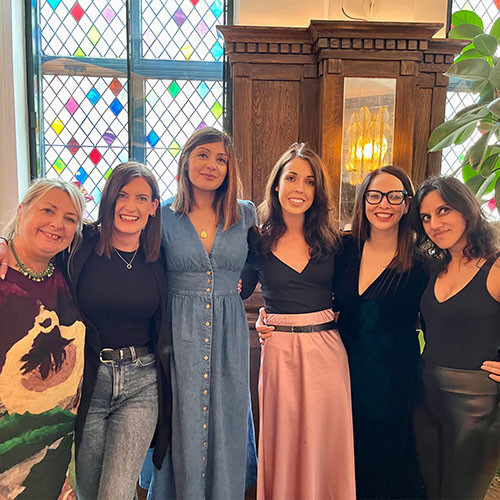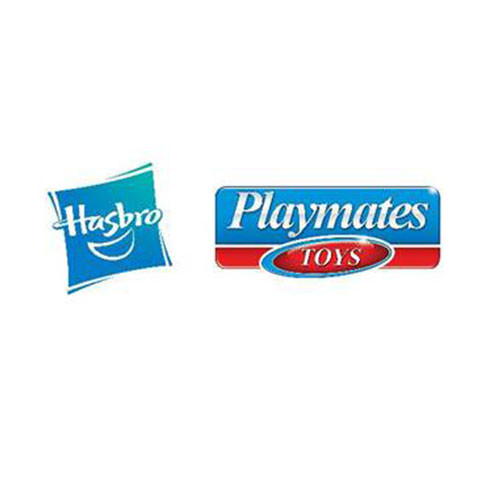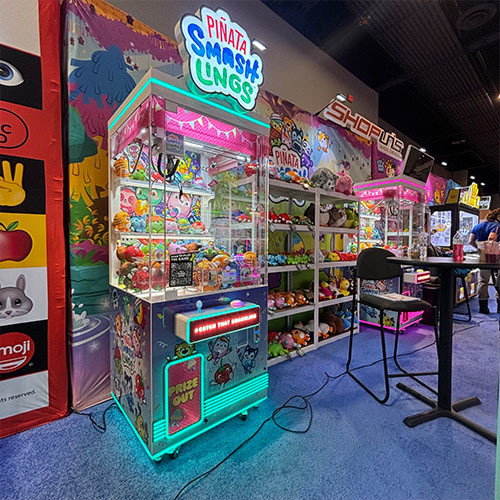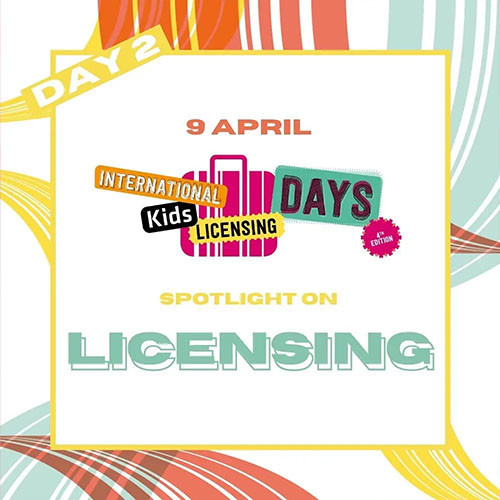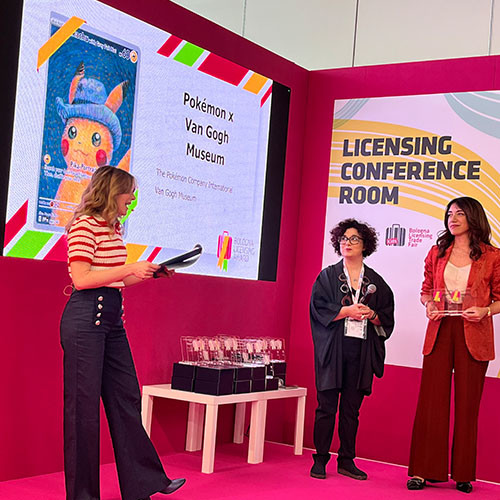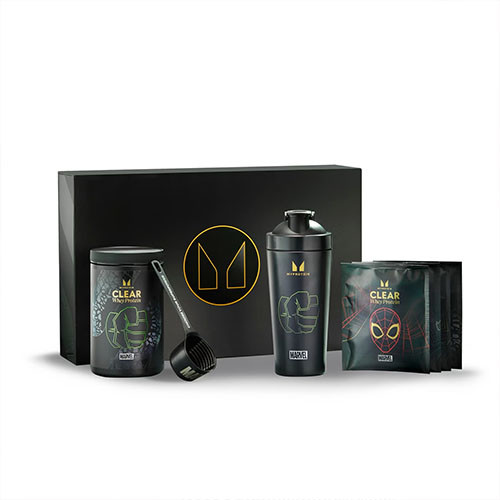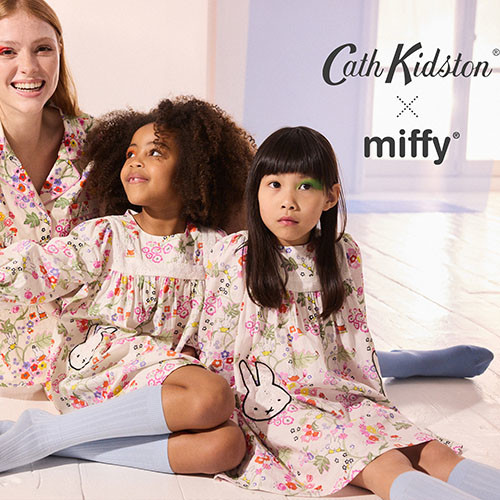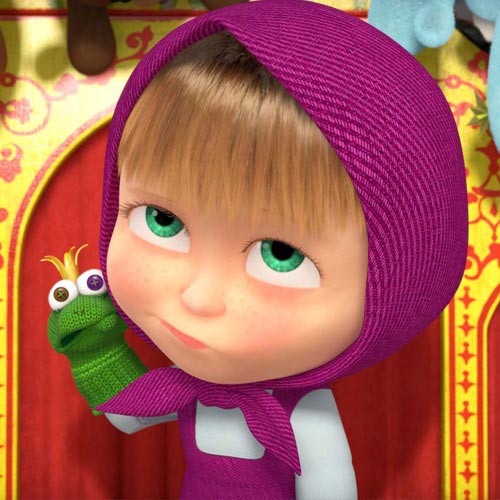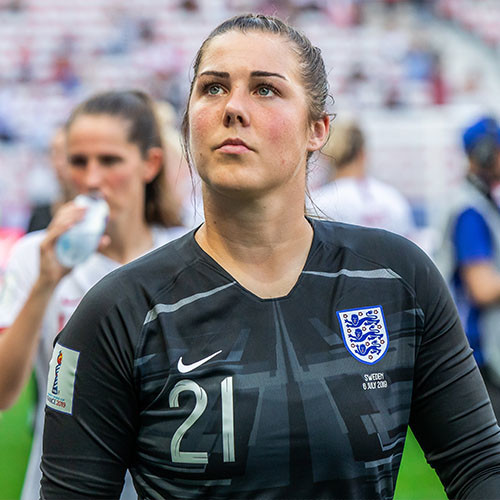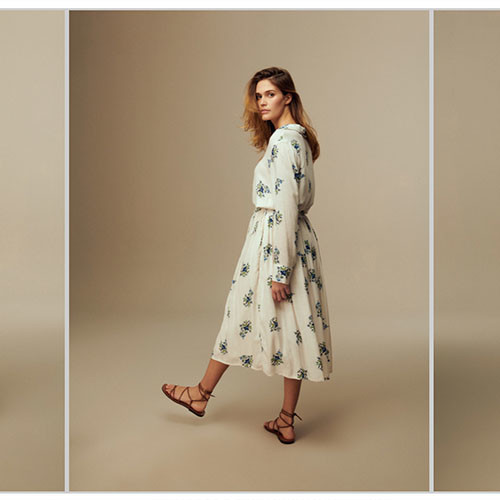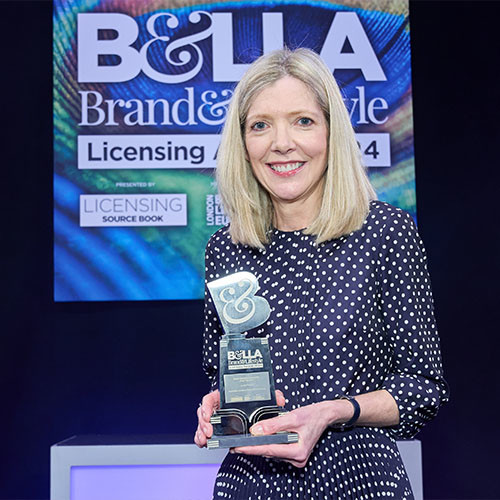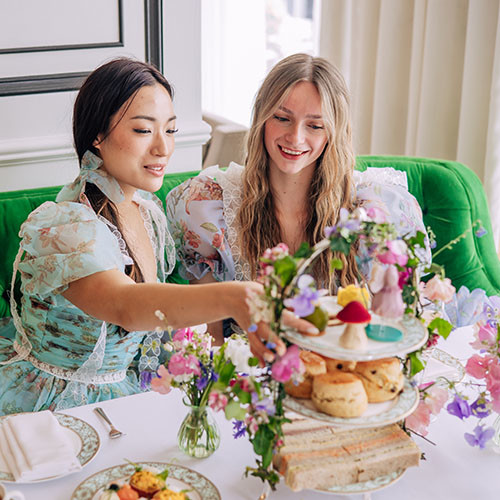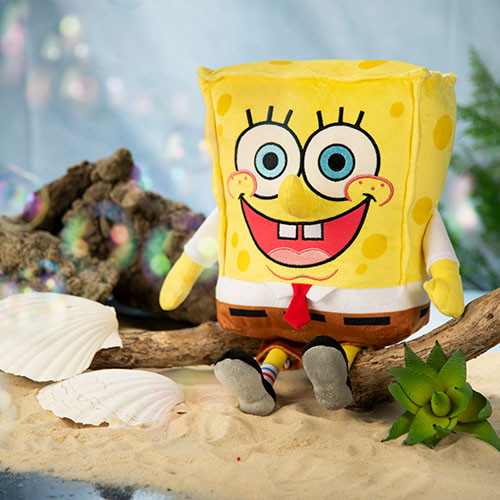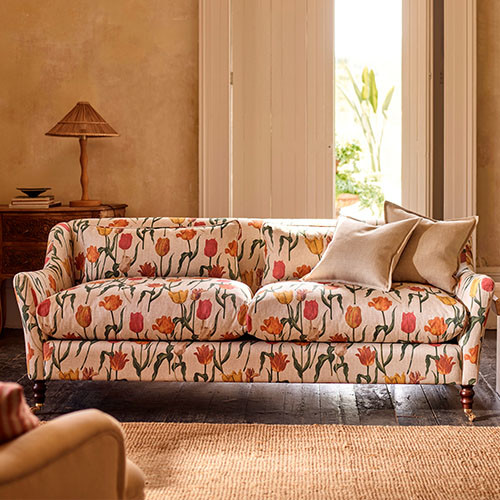As the world celebrates International Women’s Day, creative agency Kids Industries has released new insight and data on the world of fandom, revealing that girls (10-14) are not only taking the lead in social media usage, but they’re also reshaping the landscape of digital expression.
The findings, taken from KI’s latest global research, taking a deep dive into the mechanics and sentiment around fandom, indicates that 45% of girls are now avidly participating in social media, vs. 37% of boys. This is especially true across TikTok – where girls dominate (58% vs. 42% of boys). Girls are also leading the charge in the creativity space, producing more fan art, fan videos and fan fiction than boys – and they’re more likely to be collaborating with others too – for creative endeavours.
“As we commemorate International Women’s Day, these insights underscore the importance of recognising and celebrating the diverse interests and creative expressions of young enthusiasts,” commented Jelena Stosic, strategy director at KI. “In a time where social media engagement presents numerous challenges to mental health, some of these more community or creativity driven initiatives are really welcome and quite important too. Girls are emerging as real trailblazers, spearheading the charge with unparalleled creativity, a love for puzzles, and a passion for creating fan art. They really are shaping the future of online engagement and creative expression – showing once again that they are the true pioneers of fan creativity.”
Key research insights:
Girls are at the forefront of social media. 45% of girls are actively participating in social media compared to 37% of boys, with a notable spike amongst older kids (rising to 63% girls vs. 51% boys). There’s also a strong inclination towards TikTok for girls (58%), while boys lean more towards regularly gaming (84%) – though it is important to note that it is boys that predominantly have access to gaming consoles (68% boys vs. 49% girls).
YouTube was named the favourite video content platform across genders (57% for boys & 39% for girls), though TikTok came in a close second for girls (only 11% for boys vs. 28% for girls).
The use of other platforms is fairly consistent at this age but with a couple of notable differences – boys being more likely to engage with video content inside of video games (45% of boys vs. 30% of girls), and girls being more likely to watch content on paid for streaming services (e.g. Netflix – 69% of boys vs. 77% of girls).
Girls’ fandoms align more with music stars and creativity. While boys show a higher affinity for games (26% of boys have a gaming fandom vs. 8% of girls), girls have a penchant for puzzle games or those with repeated actions to reach micro goals (just 26% of boys play these types of games vs. 43% of girls).
The most likely fandom for girls was revealed as a cartoon or animated show (18%), but musicians/bands were the second most common fandom (16% of girls, vs. just 1% of boys).
In bringing their fandom ‘activities’ to life, overall, girls’ fandoms were a lot more creatively focused compared to boys. In particular, 70% of girls follow a brand/star on social media (compared with 62% of boys), 48% would be likely to attend in-person events and 45% would attend an online event.
Girls were also much more likely to create fan art, fan videos or fan fiction – (59% vs. 43% of boys). Collaboration with others across creative endeavours is more likely too – with 50% of girls having collaborated with other fans on art, videos or fan-fiction versus 40% of boys.
Jelena continued: “It’s great to see girls’ creativity soaring! However, it is also important that we go beyond the superficial interpretation of: ‘girls are better at communication’ (therefore, more engaged in social media) and ‘girls prefer arts and crafts’ (therefore, more creative activities). While the data indicates both are true on a surface level, creating for girls’ fandom and empowerment means really understanding these dynamics and ways in which they deliver to fundamental needs. Brands creating for girls need to not take the above two data points at face value, but rather look at what they mean, and what need-states they fulfil (e.g. effective socialisation, feeling a member of a community, self expression) and create with those front of mind.
“By better understanding what young girls are interested in, we can help to amplify their voices, share their creations and inspire the next generation of young female trailblazers.”
Want to read more news like this? Simply sign up to our daily digest by clicking here. You can also follow @LicensingSource on Twitter and @licensing_source on Instagram.













